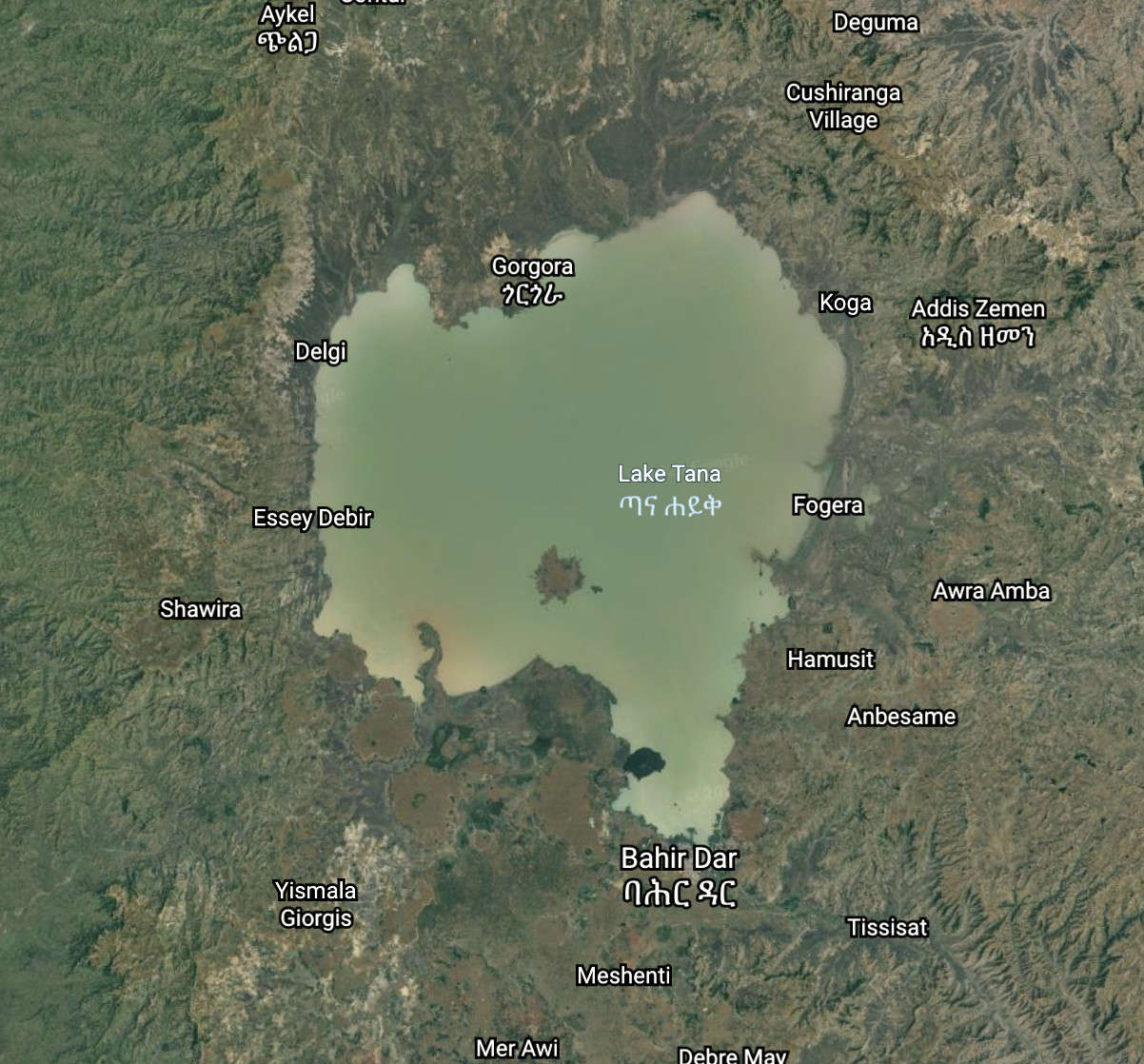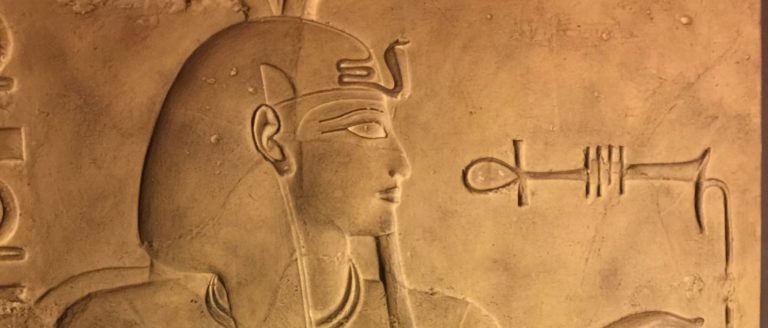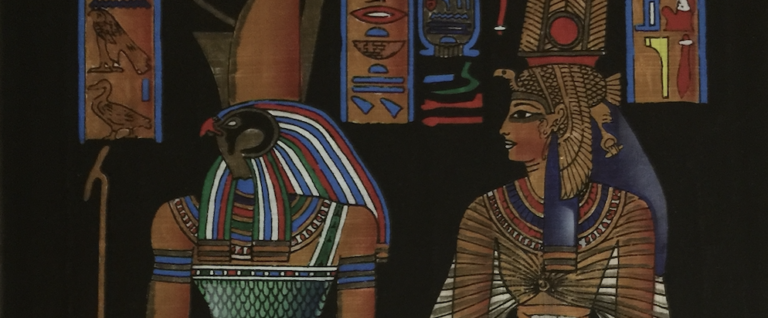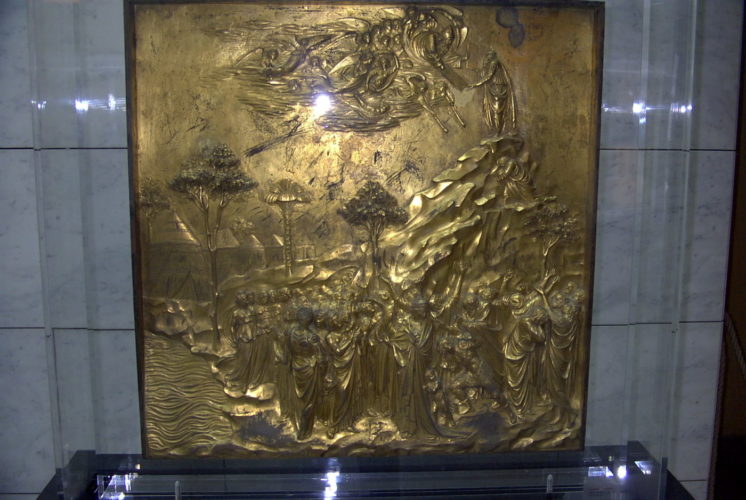The importance of water in a desert cannot be overstated. So, the Nile, the longest river in the world, has always had year-round importance in the parched landscape of northeastern Africa. However, to Egyptians, of even greater significance were the annual floods that magically deposited new, fertile soil for cultivation along the banks and in the delta of the great river.

The ancient Egyptians apparently had little or no knowledge of the source of this beneficence. Turning to your National Geographic Visual Atlas of the World, 2nd Edition: Fully Revised and Updated, you will see that the Sudan, due south of Egypt, borders Ethiopia, to the east. Most of Ethiopia is covered with pretty intense mountains, ranging up to around 14,000 ft. These extensive highlands were created 30 million years ago by the rift of the African and Asian tectonic plates.
This separation did two things: a) created the Red Sea, and b) formed openings in the earth’s crust for magma flows. The magma flows and volcanic activity built up a cow-pie of mountains large enough to have an impact on the climate.
Every summer, from June to September, Monsoon winds from the Atlantic sweep eastward across tropical, equatorial Africa, picking up moisture that hits the Ethiopian mountains and comes down as serious rainfall. The watershed of the mountains, particularly Lake Tana, washes the rich volcanic soil into the Blue Nile, causing a surge of black, silt-laden current that refreshes the Nile Valley each summer.
Meanwhile, back in the Egyptian desert, there were no clouds to be seen, but, for some unknown reason, the river rose each year. Even five thousand years ago, the Egyptians noticed that the floods happened periodically. In all probability, they noticed other seasonal indicators like shifts in temperature and daylight. They recognized that they needed to understand the timing of this phenomenon if possible. So, they began to look for ways to measure time.
When you have a clear, cloudless sky, day and night, roughly 365 days a year, you begin to notice the recurring patterns of the sun, moon, and stars. Clearly, the Egyptians began to pay very close attention to these patterns. They used their abundance of sandstone and elbow grease to construct observatories, gauges, and monitoring systems to mark, with astonishing precision, the timing and the movements of the heavens. Today, we call these tools temples, obelisks, pyramids and monuments. While many of these structures served other purposes, for aggrandizement, memorials, palaces, libraries, etc., most of them incorporated measurement.
This scientific process was already in place when Pharaoh Menes united Egypt in 3150 BCE. By the time the Third Dynasty came around, it had reached an amazing level of sophistication. The primary king of this period was Djoser, probably 2700 BCE. His step pyramid at Saqqara is seen as the first instance of this type of structure.
A hundred years later, Sneferu, the founder of the Fourth Dynasty, completed his predecessor’s 7-step pyramid, 10 kilometers up river, by trying to turn it into a complete, triangular pyramid. The project does not appear to have been successful, with the result currently referred to as the “collapsed pyramid” at Meidum. Sneferu’s second attempt began as a true pyramid with a fairly steep 54 degree incline. Half-way up, the inclination was changed to a less abrupt 43 degrees. This awkward profile gives rise to the nickname, “Bent Pyramid”. Finally, he succeeded in completing a third pyramid with gleaming facing stones that have all been removed, leaving its interior red limestone building blocks visible. It is, predictably, referred to as the “Red Pyramid”. As no one has ever found Sneferu’s mummy, we don’t know if he actually used any of these pyramids for his mausoleum.

A lot had been learned by the Egyptian priests and architects by the time Sneferu’s son, Khufu, began to build his monument. Otherwise known as “Cheops”, Khufu is the pharaoh of the Great Pyramid of Giza.
To begin to understand the complexities of symbolism, function, and scientific measurement associated with the construction of this masterpiece of masonry, we refer you to Secrets of the Great Pyramid: Two Thousand Years of Adventures and Discoveries Surrounding the Mysteries of the Great Pyramid of Cheops. It is the fascinating tale of exploration, discovery, conjecture, and scientific debate related to the extensive study of the pyramids, particularly “The Great One”.
We won’t take you through it all except to say that the Great Pyramid of Giza incorporates the measurement of:
- True north and the cardinal points of the compass, based on the North Star at that time,
- The equinoxes and solstices
- Time, down to the second, including leap years,
- The circumference of the earth, which they knew was round,
- Longitude and latitude,
- A system of distance measurement, down to an “Egyptian foot”, related to the distances associated with the degrees of longitude,
- The complex number, Pi,
- The Golden Proportion,
- How to fit a circle into a square and vice versa, with the same circumference and perimeter
- The changing of the Zodiac,
- The precession of the earth’s axis and its impact on the Vernal Equinox
- Most principles of Geometry and Trigonometry.
Not bad for 2560 BCE. No one has ever located the mummy or sarcophagus of Khufu/Cheops. It’s possible he was carried off by grave robbers. There is a theory that the Great Pyramid was not his mausoleum and that it was really only intended to embody all the measurement knowledge that it displays. Unless further clues are excavated, we may never know. Another insightful view of Egypt’s monuments and historical context comes from the foremost Egyptologist of the age, Zahi Hawass, former Egyptian Minister of State for Antiquities Affairs, The Realm of the Pharaohs (Treasures of Ancient Egypt).

In western history courses we are generally taught that the Eratosthenes, a Greek mathematician around 200 BCE, was the first to measure the earth’s circumference, as well as longitude and latitude, and invented leap year. We are also taught that Pythagoras, around 500 BCE, discovered the Golden Proportion and the triangular relationships of his famous theorem. In fact, both men studied in Egypt and brought back these concepts from the priests and scholars who had known these principles for two thousand years. The priests told the Greek historian, Herodotus, the essential measurement secret of the Great Pyramid. He reported it in The Histories (Penguin Classics), but no one believed him.
What happened to all the Egyptian knowledge? In 321 BCE, Alexander the Great, swept through Egypt. He built up an old seacoast town and renamed it Alexandria. However, at the same time, he gutted Persepolis and Heliopolis, the two great centers of Egyptian learning.
Heliopolis, the Biblical city of On, was considered the greatest university in the western world. Alexander may have done this to reduce the political sway of the priests and scholars in order to shore up his own claim to power. After he left Egypt, his successors built the fabled Library at Alexandria, which may have preserved much of the ancient learning. Unfortunately, Julius Caesar clumsily burned down the library about 48 BCE, with any remaining volumes of books and scrolls probably destroyed in the Muslim conquest of the 7th Century.
So, the remarkable mathematical sophistication of ancient Egypt was forgotten until French and British explorers began to rediscover it in the 19th Century, while studying the pyramids. Thank goodness they found the Rosetta Stone, (shown above), or we would still be puzzling over it all.
By latest count, there are 138 “pyramids” in Egypt. Most are piles of rubble. The most significant ones, in Giza and Saqqara, are accessible to visitors of Alexandria and Cairo. The Great Pyramid at Giza is the last of the Seven Wonders of the Ancient World. However, all these pyramids represent a process of ancient education that deserves your attention.








